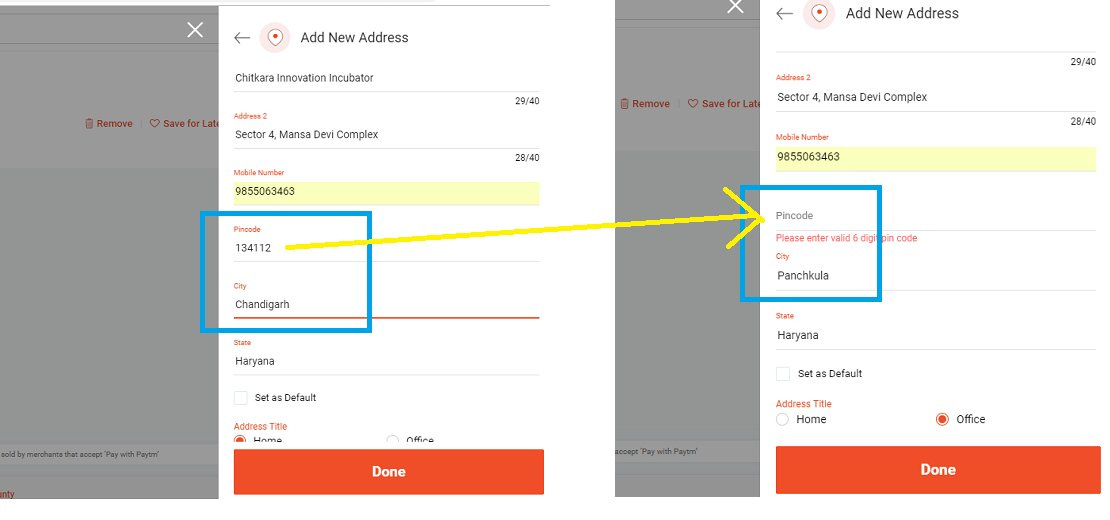Design. What does it mean to be designing something?
Let us have a quick look at some examples.
The ten percent
Townscript
I organized a conference on 08 February 2020 and I used Townscript as the ticketing platform. They continued to show the Book Now button after the event as I saw it live on 10 Feb.
Is it a design problem?

I tweeted about it and they did not even respond.
Is it a design problem?

The tickets page was showing Sold Out which was not true. The event was not a sell-out (all the attendees know it of course) and so the message is template-driven and is incorrect. Is it a design problem?
As on 26 March, while I am writing this post, I continue to see it as Sold Out.
Paytm
While placing an order in January 2019, Paytm forced me to select a wrong city for my ZIP code.

I tweeted the issue and they fixed it in their back-end.
Is it a design problem?


Business rules: Publishing content
Is it a design problem?

Even in MailChimp
The Mailchimp interface uses my agency name as vhite and Vhite, randomly. As I tweeted about the issue. Is it a design problem?
These are not design problems
To do user research, draw stories and wireframes, and to call APIs is NOT designing.
To study a few Medium posts and then designing an interface for a validated idea is NOT designing.
Design is not about designing.
The other ninety percent
Design is giving shape to an investment into an outcome so that it brings results for an organization and serves some purpose for the identified audience. Design is about validating whether the organization should be doing whatever they want to do while ensuring the utility and value for the users.
Design is common sense
In the Outcome example above where the Book Now button was available after the conference date passed, the issue has nothing to do with design or business rules. It is plain common sense.
Design is common sense at the execution level as well as at the leadership level.
Design is self-awareness
If I pick a random set of hundred engineers or designers in a region, I am interested to see how many of them constantly read or follow the design insights by InVision, Intercom, Appcues, Shopify, A List Apart, Smashing Magazine, or some UX publications on Medium (all these sources are listed in no particular order), or the best practices of online form design, interact design, content models, taxonomy design, and search experience best practices.
In all the above examples (except the MailChimp example as I will call it an edge case), all of them must be part of this set of hundred participants.
Unless designers invest in self-awareness of how it matters to the people for whom they are designing, the Book Now button will continue to be available after every conference.
Design is business sense
It takes five seconds to help a customer reset their forgotten password. A common-sense approach to the design can stop them notice the new Facebook notification on their system.

Your one missed validation costs the business. It can be the difference between a startup raising a round or closing the product.
Design is architecture
To put all the self-awareness, common sense, and business sense in use in the context of why you are working in whatever role for whatever goals, and for whatever incentive, is getting started in design.
To shape it into something measurable across the length and breadth of its shape as if it is a physical entity is the next step. As if design is studying and practicing architecture. Thanks Ghada Khadil.
Design is content
Find it or miss it.

Design is product management
Product management is about translating the brand narrative into a product roadmap that speaks in the language of plans and milestones, technology, roles, engineering, standards, compliance, metrics, releases, and minutes of meetings.
But what is product management with that ten percent design? Does it deliver?
Bring that ninety percent perspective into the design practice and design itself gets so close to the product management.
Design is enablement. Once it enables, design is empowerment. This is the ninety percent of design.
Are you working more for the ten percent or for the ninety percent?
